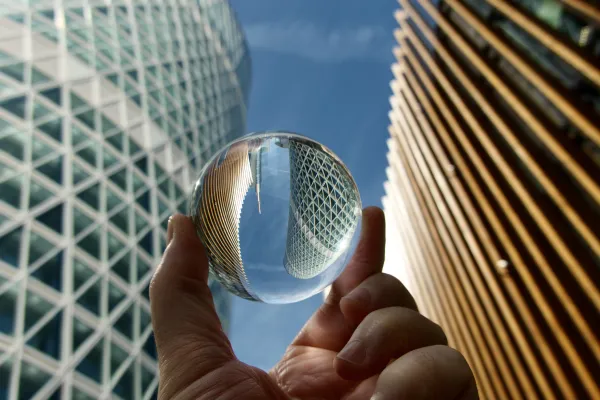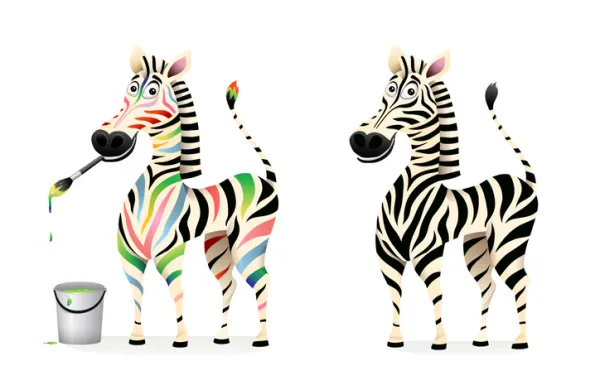While hedge funds as a group have posted their best half-yearly performances in three years, a third of them still haven’t fully recovered from the depths of 2022’s downturn, according to a new Goldman Sachs report on the state of the industry.
In 2022, the bursting of the technology bubble led to hefty double-digit losses for many hedge funds, with at least one famous fund — Tiger Global — down more than 50 percent. To make investors whole, and to be able to charge its full performance fees once again, a hedge fund down 50 percent needs to post gains of 100 percent.
As the poster child of the tech downturn, Tiger Global’s long-short equity hedge fund still has a long way to go. It fell 56 percent in 2022 (after a small 7 percent drop in 2021), gained 28.5 percent last year, and was up 10.7 percent through July, as Institutional Investor previously reported.
It is hardly alone. Goldman found that one third of long-short equity funds have still not reached their high-water marks, although that number is down since the end of 2023, when 45 percent of them were still underwater. It said that those long-short funds need to make, on average, 20.2 percent to hit their high-water marks.
Within this strategy, the funds suffering the most are in healthcare, with the average healthcare long-short fund needing to make more than 41 percent to hit its high-water mark, according to the Goldman report.
Another big long-short equity loser from 2022 is Alex Sacerdote’s Whale Rock, which lost 45 percent in 2022 on top of a 9 percent decline in 2021. Whale Rock still hasn’t hit its high-water mark despite gaining 18.9 percent gain this year through May and 18 percent for all of 2023.
One that looks like it is finally back this year is Philippe Laffont’s Coatue Capital Management, which lost 19 percent in 2022. Despite a gain of 21.5 percent in 2023, it was still underwater at the end of last year. However, this year’s gain of 5.66 percent through July would put it in the black.
Event-driven hedge funds were just about as hard hit as the long-short equity ones. Some 31 percent of them are still below their high-water marks, according to Goldman. But the investment bank said these funds only have to make 6.9 percent on average to fully recoup their losses.
A prominent outlier is Dan Loeb, who was once called the “hottest hand” in investing. Third Point Investors lost about 21.8 percent in 2022 and gained only 4.1 percent last year. This year through July it is up 10.9 percent — so it has a way to go to make its investors whole.
Macro funds are in the worst shape, according to Goldman. It found that 45 percent of discretionary macro funds were below their high-water marks by the end of the first half of 2024, as were 47 percent of CTAs and systemic macro funds.
That said, discretionary macros need to make only 15.9 percent to hit their high-water marks, while CTAs and systemic macro funds have to make 9.3 percent, the report said.
Only 13 percent of multistrategy funds are below their high-water marks. On average, multistrats need only make a 4 percent return to hit the marks.
Tiger Global and Whale Rock declined to comment. Perceptive, Coatue, and Third Point did not return requests for comment.







